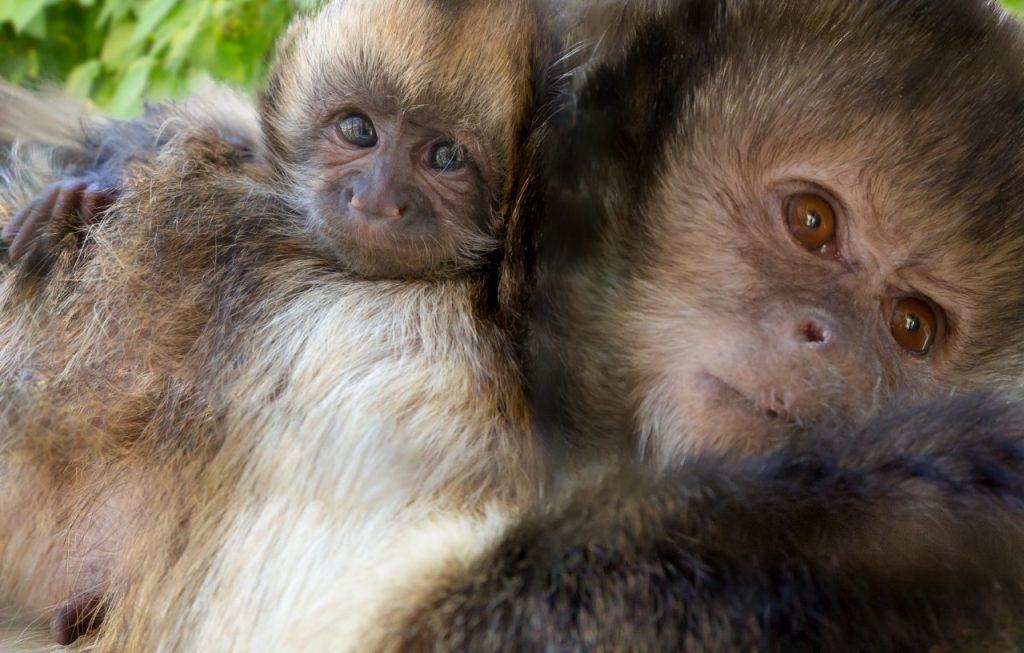The use of Near-Infrared Spectroscopy (NIRS) to predict protein, fat, and gross energy in feed samples of various animal sources
Citation
Jancewicz LJ, Swift M, Valdes EV, and Juarez M. 2021. The use of Near-Infrared Spectroscopy (NIRS) to predict protein, fat, and gross energy in feed samples of various animal sources. In Brooks M, Koutsos E, and Henry B Eds. Proceedings of the Fourteenth Conference on Zoo and Wildlife Nutrition, Zoo and Wildlife Nutrition Foundation and AZA Nutrition Advisory Group, Virtual.
Abstract
Twenty-five feed samples of various animal sources fed at the Calgary Zoo were ground after thawing, scanned using near infra-red spectroscopy (NIRS), and analyzed for protein, fat, and gross energy (GE). The samples included whole rodents at various life stages, whole chicks, quail, fish, squid, crickets, and mealworms, eviscerated plucked chicken, raw and ground horsemeat, and horsetails with hide removed. Near infra-red calibrations were developed for protein, fat, and GE, using partial-least squares regression. Principle component analysis (PCA) was applied to visualize patterns and outliers among the samples using their spectra alone and in relation to the constituents analyzed. Calibrations for protein, fat, and GE showed strong R2 values of 0.86, 0.95, and 0.82 and standard errors of calibration (SEC) of 3.94, 2.57, and 186.7, respectively. A crossvalidation exercise was performed where the calibrations developed were used to predict the constituents of interest in the same samples. The cross-validation statistics were strong for fat (R2CV = 0.93, SECV = 3.08), moderate for GE (R2CV = 0.72, SECV = 231.1), and poor for protein (R2CV = 0.65, SECV = 6.41), partly due to the large difference in reference and predicted values for protein in quail. The first two principal components (x- and y-axis) on the PCA scatter plot explained 97% of the spectral variability in the dataset. The most easily distinguished groupings were observed for fat, but patterns were also evident for protein and energy. High fat (35-42%) samples, regardless of animal source, were found in the far-left quadrants, gradually decreasing along the x-axis towards the low fat (1.7-8.5%) samples, and two outliers were identified (Figure 1). This preliminary study reveals that there may be potential to develop universal NIRS calibrations for protein, fat, and GE using ground thawed feed samples, from different animal sources. Principle component analysis may be used as an initial screen to group samples based on similarities in nutrient levels and to detect outlier samples. Additional samples are required to increase the robustness of the calibration, and an external validation will ultimately test its capabilities for rapid feed testing in a zoo setting.
 24_Jancewicz.pdf 198 KB
24_Jancewicz.pdf 198 KB








